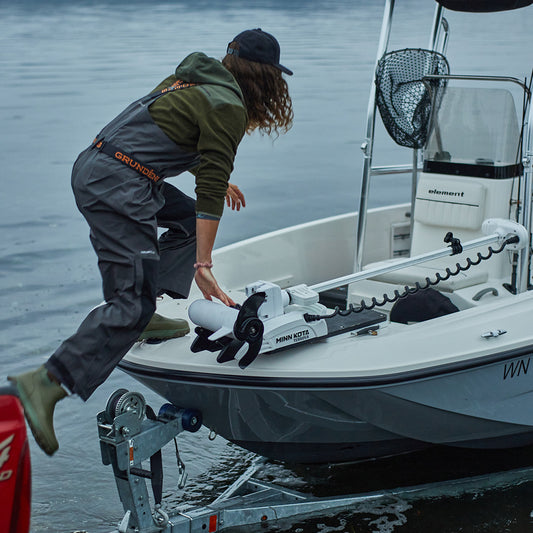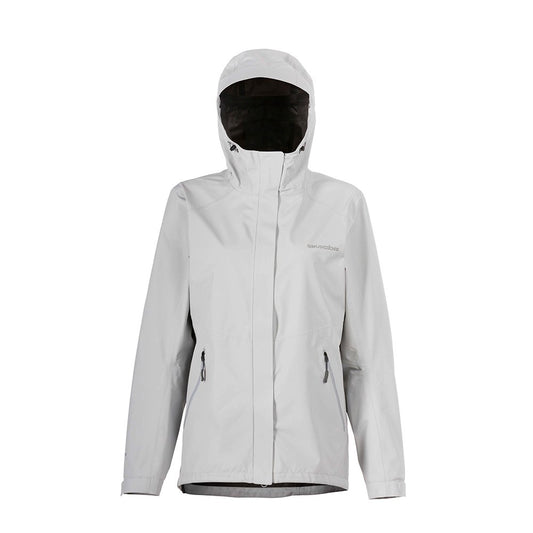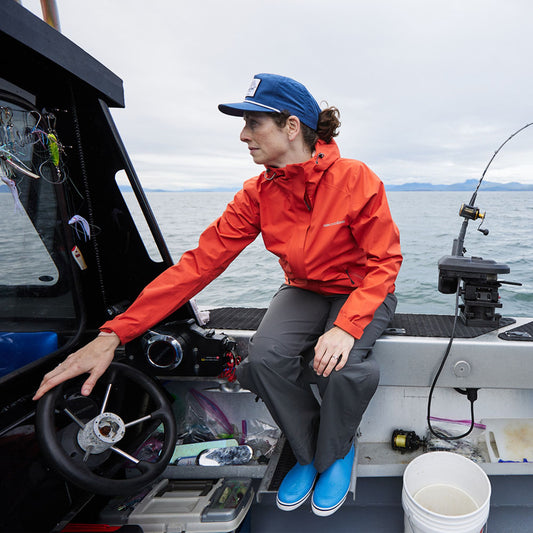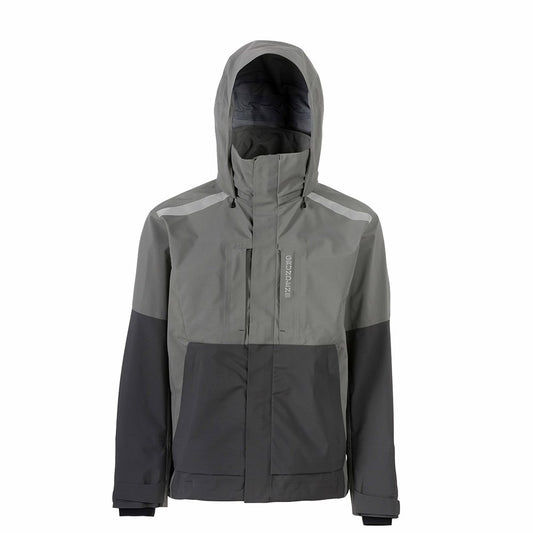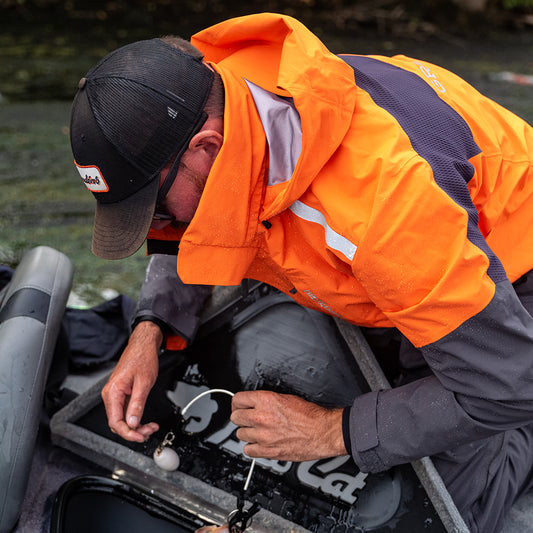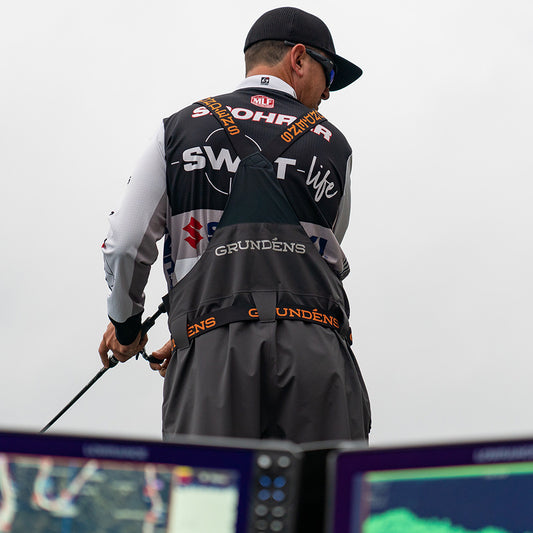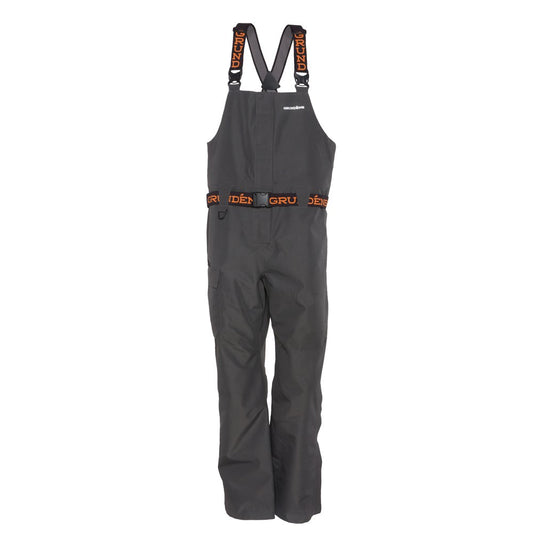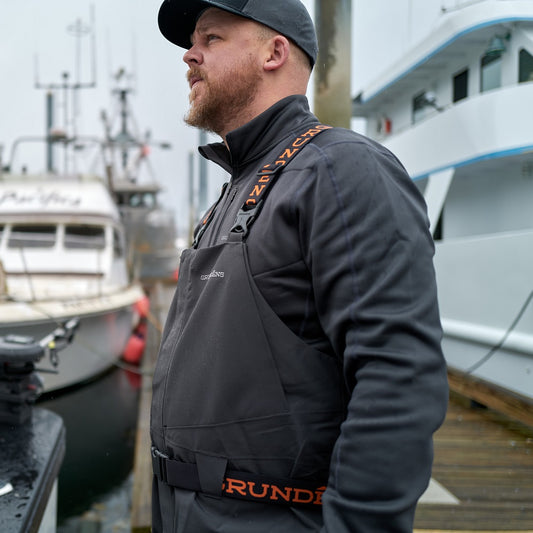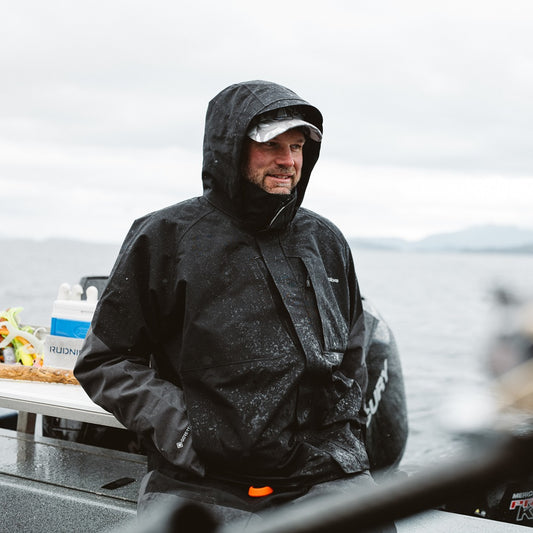GORE-TEX - The Promise to Keep you Dry

THE GORE-TEX MEMBRANE
The extremely thin ePTFE membrane is the heart of GORE-TEX fabrics and what makes it durably waterproof, windproof, and breathable. One square inch of the membrane has over 9 billion pores. The amazing part is that these pores are actually 20,000 times smaller than a water droplet, but 700 times larger that a water vapor molecule. That is what makes the GORE-TEX membrane functionally waterproof, while at the same time allowing perspiration to escape from the inside. All GORE-TEX membranes except for GORE-TEX Pro have an oleophobic (oil-hating) later of very thin Polyurethane on the inside to protect the pores from sweat and body oils that can clog them. Unlike all other GORE-TEX membranes, GORE-TEX Pro uses a 100% ePTFE membrane with two thin layers of ePTFE laminate sandwiching a very thin band of ePTFE with a different microstructure instead of the PU layer and offers up to 28% more breathability because of it.
The extremely thin ePTFE membrane is the heart of GORE-TEX fabrics and what makes it durably waterproof, windproof, and breathable. One square inch of the membrane has over 9 billion pores. The amazing part is that these pores are actually 20,000 times smaller than a water droplet, but 700 times larger that a water vapor molecule. That is what makes the GORE-TEX membrane functionally waterproof, while at the same time allowing perspiration to escape from the inside. All GORE-TEX membranes except for GORE-TEX Pro have an oleophobic (oil-hating) later of very thin Polyurethane on the inside to protect the pores from sweat and body oils that can clog them. Unlike all other GORE-TEX membranes, GORE-TEX Pro uses a 100% ePTFE membrane with two thin layers of ePTFE laminate sandwiching a very thin band of ePTFE with a different microstructure instead of the PU layer and offers up to 28% more breathability because of it.
2-LAYER OR 3-LAYER | HOW IT WORKS
GORE-TEX garments come in 2-layer and 3-layer construction depending on the desired purpose. Garments made with GORE-TEX 2-layer fabric available in a wide variety of outer fabrics. They’re the versatile solution for style, comfort, and protection against the elements. Garments made with GORE-TEX 3-layer fabric offer added durability without extra bulk.

GORE-TEX PACLITE® PLUS GARMENTS
GORE-TEX Paclite® Plus garments use a 2-layer unlined construction. This makes them thin, light, and highly packable – and also durably waterproof, windproof, and extremely breathable. The new abrasion resistant treatment of the inner surface ensures that garments are longer lasting, offering more reliable protection. This treatment also makes them easier to slip on and off, and more comfortable to wear when you’re active.

GORE-TEX PRODUCT TESTING
Another thing that differentiates GORE-TEX from its competition is the company’s role in the design and construction of every garment that bares its name. Any company that uses Gore-Tex is required to use W.L. Gore-certified factories and machinery. The fabric maker is also closely involved in the design and production processes. Every product must adhere to specific, often controlling, standards set by W.L. Gore. If a company wants to make jacket with GORE-TEX they have to adhere to every step of the process. W.L. Gore first sends the company material samples and the company designs and assembles the jacket. Then W.L. Gore has to approve the jackets style. They analyzes things like zippers, seam tape, hood design, wrist closures, etc. (For example, all Active Shell products must have a trim fit, few pockets or mesh lined pockets, as little seam tape as possible, and must weigh under 14 oz.) After style approval Gore subjects the jacket to rigorous water resistance, wind resistance, and durability testing. Before any new GORE-TEX garment style is put into production it must pass the Gore lab style approval testing. This sophisticated outerwear testing facility is designed to simulate a variety of rain conditions. Using specially engineered rain nozzles strategically positioned in the chamber, we are able to test a garment’s waterproof design in conditions that range from light drizzle to wind-driven rain. Then in the Martindale Test, wool or sandpaper is used to rub the fabric over and over again with considerable pressure. Depending on how tough the fabric needs to be, this vigorous rubbing can continue non-stop for hours … or even days. Then in the Cold Flex Test, GORE-TEX fabrics are squashed and stretched repeatedly in extreme temperatures for hours on end. The fabrics must survive this punishing test and emerge still durably waterproof. If at any point the product doesn’t hold up to the high GORE-TEX standards, it is sent back to the drawing board. If the jacket meets all qualifications, Gore gives the go-ahead for production. This incredibly costly and time consuming system has a dramatic end result for the consumer: there are no bad GORE-TEX products.



